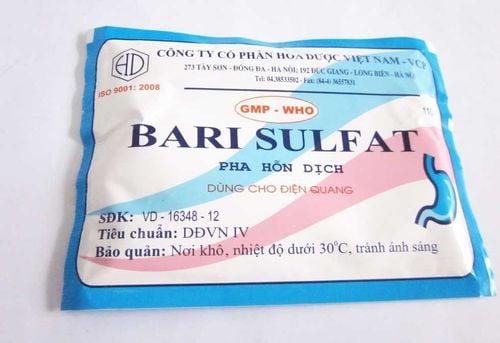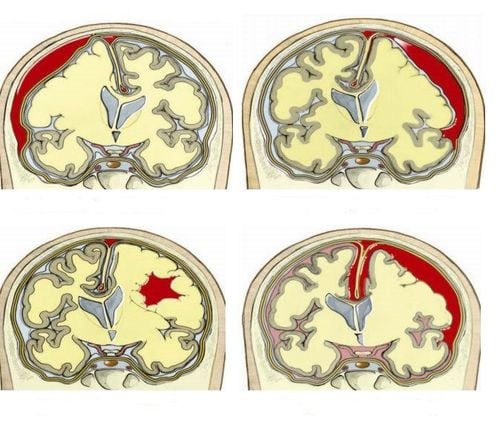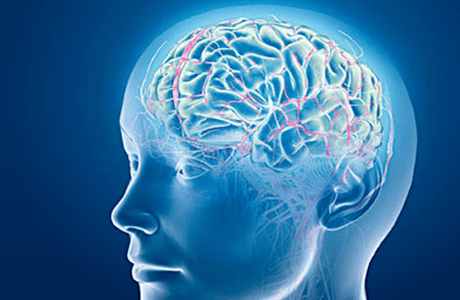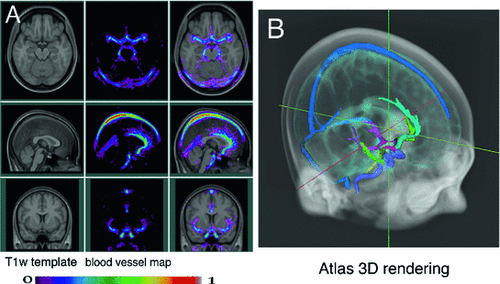This is an automatically translated article.
The article is professionally consulted by Master, Doctor Lam Thi Kim Chi - Radiographer - Department of Diagnostic Imaging - Vinmec Danang International General Hospital.Magnetic resonance imaging is widely applied in the diagnosis of neurovascular diseases in which patients are not exposed to radiation. Magnetic resonance imaging helps in detailed assessment of vascular lesions.
1. What is magnetic resonance imaging?
Magnetic resonance imaging, also known as MRI, is a tomographic imaging technique that uses magnetic fields and radio waves. When the hydrogen atoms in the human body are under the influence of magnetic fields and radio waves, they absorb and release RF energy. This release is received, processed, and converted by the machine into an image.Magnetic resonance imaging with high contrast, sharp and clear, detailed, good anatomy and 3D reconstruction ability brings effective diagnosis to the doctor for the patient's pathology. In many cases, the diagnostic effect of MRI is much better than ultrasound, X-ray or CT scan...
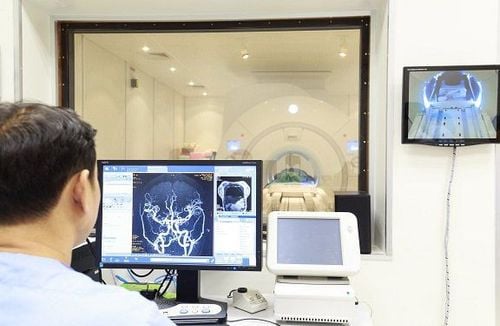
2. What is magnetic resonance angiography?
Magnetic resonance angiography (MRA) is an imaging technique that uses magnetic fields and pulses of radio wave energy to provide images of blood vessels inside the body. MRA can be used to diagnose vascular lesions that cause decreased blood flow and vascular properties. This is a non-invasive technique used to survey blood vessels to the brain, kidneys, legs... All information and images are stored to assist doctors in analyzing and evaluating and consult in the best way.MRA is being used more as an alternative to conventional angiography. CT angiography (CTA) uses intravenous contrast to enhance the visibility of blood vessels. Magnetic resonance angiography (MRA) also often uses intravenous contrast agents.
3. Indications for vascular magnetic resonance imaging
Abnormal blood vessels (aneurysm, embolism...), blood clots, atherosclerosis. Narrowing of blood vessels in organs (cranium, heart, lungs, kidneys, legs...) Aneurysm, dissection of the aorta.4. How should the patient prepare for angiography?
Inform your healthcare provider if:Are allergic to any medications. Are or may be pregnant Have any metal implants in your body: coronary stents, pacemakers, defibrillators, metal heart valves, latches, metal clips, prosthetics, artificial teeth , braces, birth control devices... Claustrophobia Other health problems: kidney disease, sickle cell anemia... Drug patches, skin tattoos For abdominal MRA : Fasting for 4-6 hours
5. The feeling of taking an MRA
There is no pain sensation from the magnetic fields or radio waves used in MRA. The table can be hard, the MRI room is usually kept low. Patients may be fatigued or in pain from lying still for a long timeSome patients feel uncomfortable or anxious when brought into the MRI chamber. If there is a contrast injection, you may feel cool when the drug is given intravenously, rare: a tingling sensation in the mouth if metal dental fillings are present.
When the test area may get warm
Tell the technician if you have nausea, vomiting, headache, dizziness, pain, burning or difficulty breathing.
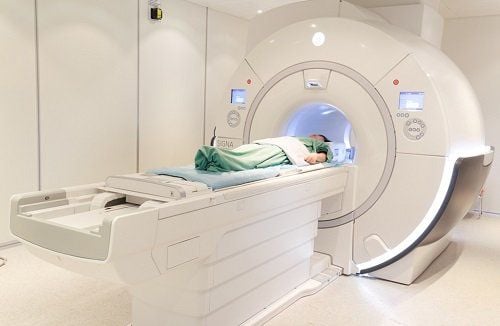
6. Possible risks when having an MRA
Risk of burns if patient has medication patches or large tattoos on the skin. Risk of allergic reactions but very low and transient, usually controlled for pre-existing factors. In case of breast-feeding: according to studies, contrast agents pass through breast milk sparingly and to the baby. little. However, the mother should store the milk and give it to the baby for a day or two after the MRA.7. MRA . Result
Normal: Continuous vessel wall, no blood clots, plaques, no bleeding, vascular malformations, no blockage or aneurysm are seen... Abnormalities can be seen as partial obstruction or the entire lumen, caused by: blood clot, plaque or narrowing of the lumen; aneurysm, damage to the vessel wall... After the MRA, if necessary, the doctor will suggest that you perform a CT angiogram before considering the treatment problem Vinmec International General Hospital is currently a one of the major hospitals with modern equipment and machinery for medical examination and treatment in general and accurate and modern MRI for brain and cerebrovascular diseases in particular.Patients who perform MRI at Vinmec will be supported by the support staff, technical staff clearly guide the manipulations, the best procedure, safety issues, ensuring good diagnostic images without any problems. harm the patient.
In particular, now Vinmec has for the first time in Southeast Asia put into use the new 3.0 Tesla Silent magnetic resonance imaging machine from the US manufacturer GE Healthcare.
The machine currently applies the safest and most accurate magnetic resonance imaging technology available today, without using X-rays, non-invasive. In particular, Silent technology is very beneficial for patients who are young children, the elderly, patients with weak health or have just had surgery.
MSc Doctor Lam Thi Kim Chi graduated with a Master's degree in Radiology - Hue University of Medicine and Pharmacy and has over 6 years of experience as a radiologist. Dr. Chi used to work at Da Nang Obstetrics and Gynecology Hospital before working as a radiologist at Vinmec Danang International General Hospital as it is today.
Please dial HOTLINE for more information or register for an appointment HERE. Download MyVinmec app to make appointments faster and to manage your bookings easily.






